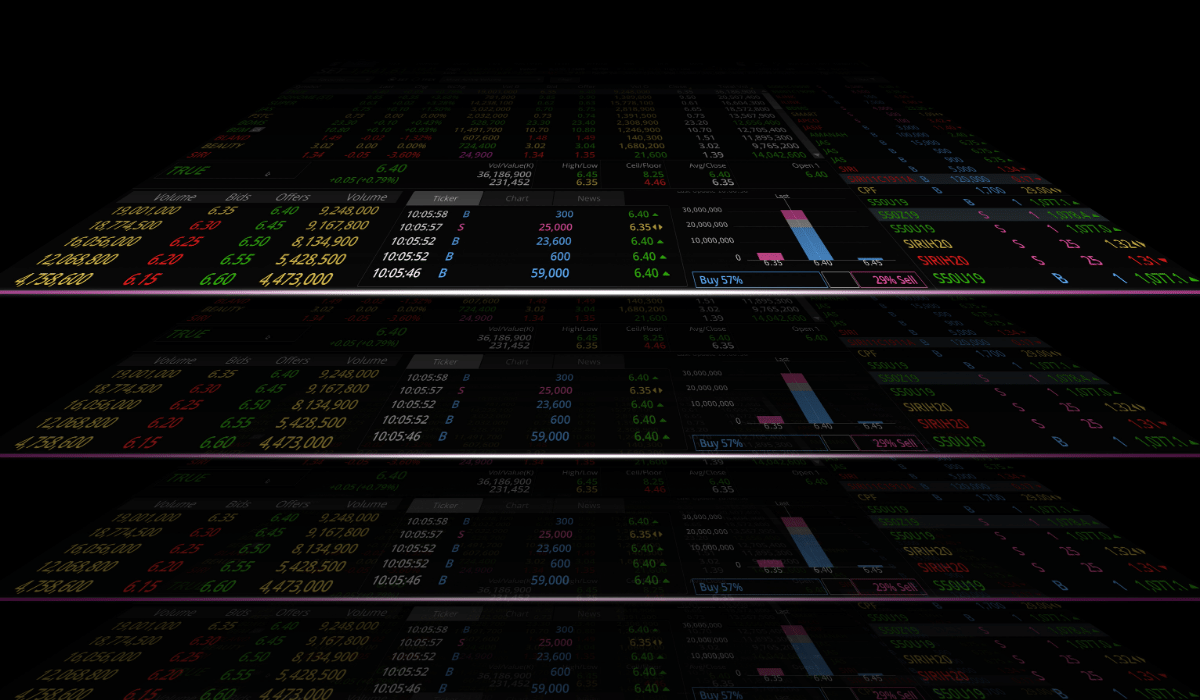Introduction:
When it comes to Forex trading, understanding and utilizing volume analysis can significantly enhance your trading skills and decision-making abilities. While many traders tend to focus solely on price action, incorporating volume analysis into your strategy opens up a whole new world of valuable insights. In this blog post, we will explore the art of using volume in Forex trading and uncover the key techniques that can help you make more informed trading decisions.
- The Significance of Volume in Forex Trading:
Volume in Forex refers to the number of units bought and sold within a specific time frame. Traditionally, volume bars represent the total market volume for a given period, such as a day or an hour. However, since Forex is an over-the-counter (OTC) market, each broker may have its own volume calculation method. Most brokers employ “tick volume,” which measures the number of transactions rather than the actual monetary value. Despite its differences from true volume, tick volume is widely regarded as a reliable indicator of market activity.
- Analyzing Volume for Trading Insights:
a. Confirming Market Direction:
By examining volume alongside price action, you can gain valuable insights into the strength of a market trend. In an uptrend, strong volume on green bars and weaker volume on red bars during pullbacks indicate a robust demand for the asset, supporting the continuation of the upward trend. Conversely, in a downtrend, strong volume on red bars and weaker volume on green bars during pullbacks confirm the prevailing selling pressure. Analyzing volume in this manner allows you to align your trades with the dominant market direction.
b. Validating Candlestick Patterns:
Volume analysis can also help validate the reliability of candlestick patterns. For example, when encountering a pin bar—a candlestick with a small body and a long tail—pay attention to the accompanying volume. A pin bar with high volume, coupled with market context (such as being near a significant support or resistance level), can serve as a powerful bullish or bearish signal. The convergence of volume and candlestick patterns strengthens the likelihood of a successful trade.
c. Confirming Breakouts:
During periods of consolidation, volume typically diminishes as volatility decreases. However, the volume often surges upon a breakout from the consolidation pattern. This increase in volume confirms the validity of the breakout and suggests sustainable price momentum. Monitoring volume during consolidation and subsequent breakouts helps you identify genuine breakout opportunities and avoid false signals.
- Embracing Volume Spread Analysis (VSA):
Volume Spread Analysis (VSA) is a comprehensive trading method that expands on the principles of the Wyckoff method. Developed by Tom Williams, VSA provides traders with a set of concepts to analyze volume and price action together. While VSA requires time and practice to master, it has stood the test of time and continues to be employed successfully by many traders. One popular VSA concept is the identification of “no demand up bars” and “no supply down bars,” which indicate potential reversals or continuation of market trends.
- Applying Volume Trading Strategies:
a. Market Context Matters:
When utilizing volume analysis, always consider the broader market context. Volume should confirm price action, not the other way around. Use price action as the primary signal and rely on volume analysis to validate or strengthen your trade setups.
b. Clarity is Key:
Volume analysis can be subjective, so it’s essential to ensure your trade setups are clear and unambiguous. Maintain a trading journal to document your setups and reasoning, ensuring that you can articulate your intent in writing. This practice will help you develop a systematic approach to volume analysis.
c. Timeframe Selection:
While volume analysis can be applied across various timeframes, higher timeframes, such as daily charts, often provide more reliable signals. Start your analysis on higher timeframes and then use lower timeframes to fine-tune your entry and exit points.
Conclusion:
Incorporating volume analysis into your Forex trading strategy can significantly enhance your ability to make informed trading decisions. By paying attention to volume patterns, confirming price action, and embracing concepts like VSA, you can gain a deeper understanding of market dynamics and improve your trading performance. Remember, volume is not just about the number of trades—it’s a powerful tool that can unlock valuable insights and help you navigate the Forex market with confidence.








